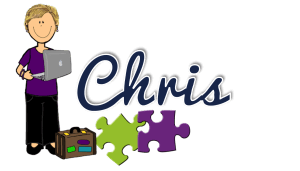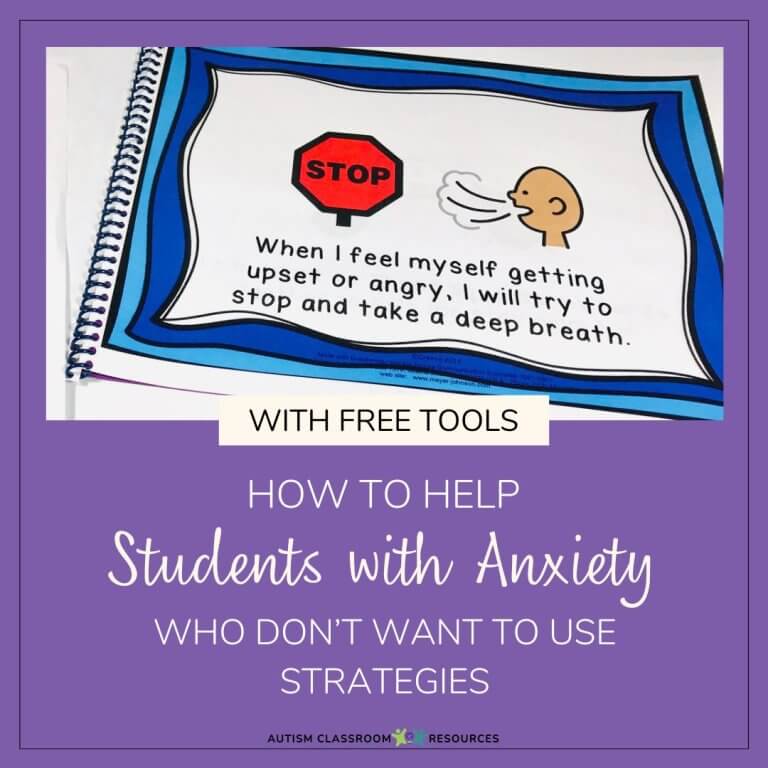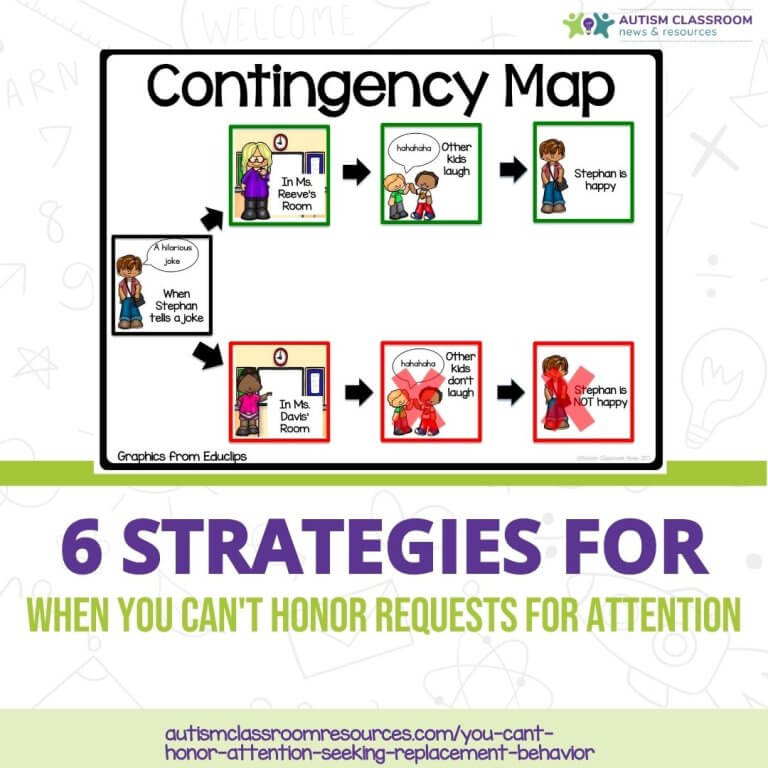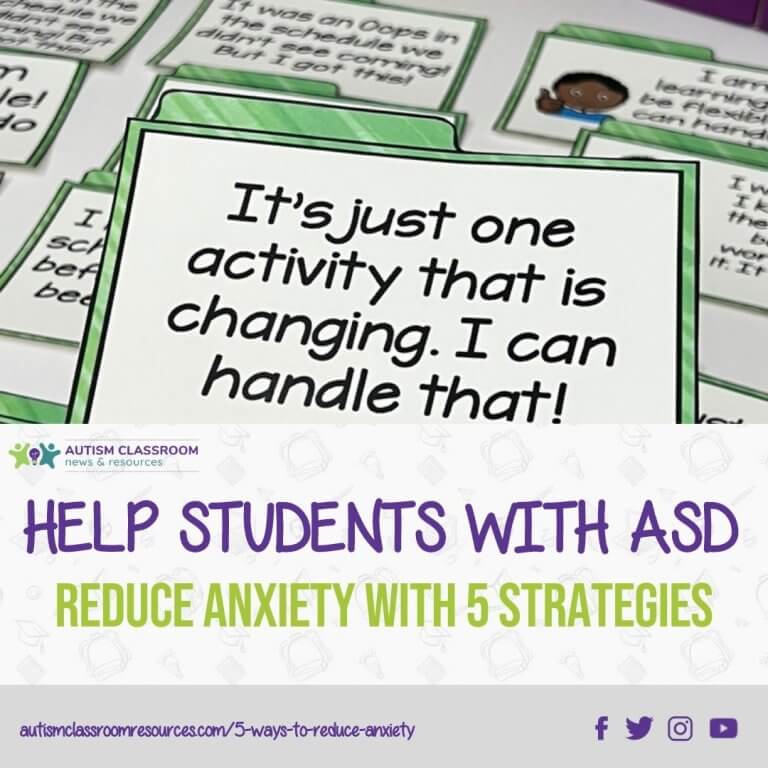Sharing is caring!
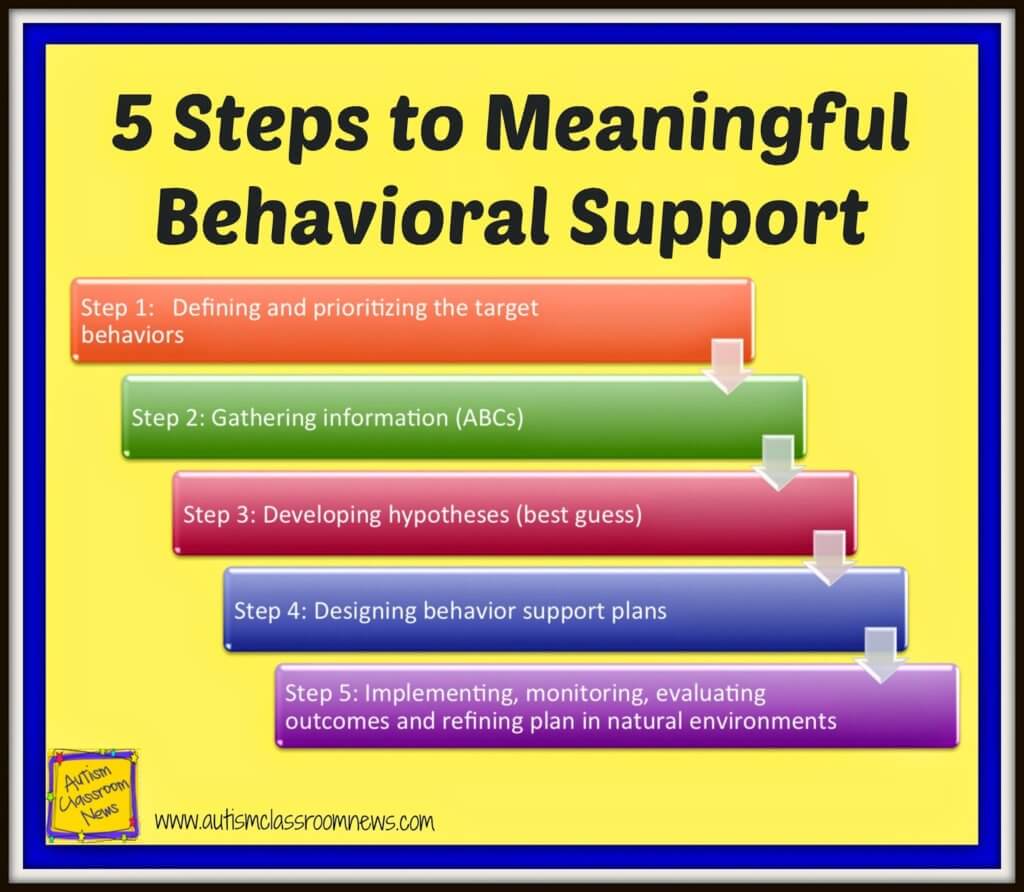
Well, I’ve talked about the importance of function, and positive behavioral support, so let’s get down the nitty gritty of how you complete a functional behavior assessment. This graphic is a picture of the steps we are going to cover in the next number of posts that will walk through each step with resources and examples of how to do it (and a few freebies along the way).

Let’s start with an overview of the steps.
Step 1: Defining and Prioritizing Behavior
In order to assess the behavior, we have to make sure that we know which behaviors we are trying to change. Frequently when dealing with challenging behaviors, there is more than one behavior. Sometimes they happen chains. Sometimes the forms of the behavior serve different functions. The form isn’t that important to determining what to do about the behavior, but it is important to make sure that we are assessing the behavior accurately for both assessment and to monitor after we put a plan in place. Once we have defined the behavior and its characteristics we often have to figure out which one to intervene with first. Often we have to prioritize which we should address immediately and which we can wait a bit on. One of the biggest issues I’ve seen with addressing behaviors is trying to do too much at once. Prioritizing helps to avoid that pitfall.
Step 2: Gather Information
This is the heart and soul of an FBA. How accurate your information is that you gather determines whether your behavior support plan can be effective. Consequently this is a big step in the process. There are many different ways to gather information from indirect assessment (interviews, checklists) to data collection in the natural environment (ABC data) to actually manipulating the environment to control the antecedents and consequences and observe behavior (functional analysis). In addition, we need to think about gathering background information through record review. We also want to determine what might serve as a reinforcer for a student, so preference assessments would come under this category as well. We will talk about all of these methods and I will share resources for the different types of interviews, checklists, and data collection systems for completing them.
Step 3: Develop Hypotheses
When we complete a functional assessment we develop ideas about the function of the challenging behavior. Essentially these are our best guesses about the function and we don’t know if they are really the function until we put the interventions in place and see if they work. Developing hypotheses is often one of the most critical steps in the process because we have to figure out how to take all the information we gathered in step 2 and integrate it into an understanding of the challenging behavior based on who the person is. How well we are able to do this can make or break the success of the assessment. I’ll share some tips I’ve found helpful about understanding the functions of behavior and summarizing the information gathered to help the team think about why the behavior is happening.
Step 4: Develop a Behavioral Support Plan
A functional assessment is only helpful if it leads us to the development of a behavioral support plan that changes the behavior. In order for a behavioral support plan to be effective, it must be based on the hypotheses of the functions of the behavior. It’s surprising how sometimes this does not happen. I’m actually doing a presentation at the Autism Society of America conference in July on behavioral support plans, in part because I’ve realized that people don’t always understand what needs to be part of them. Behavior support plans are not simply plans that outline what to do when the behavior happens, they also need to outline how we can modify the environment to prevent the need for the challenging behavior and what and how we are teaching the student so that those modifications won’t be needed in the future. I’ll share the format I use for plans I write and some important elements to assure that the plan is tied to the hypotheses. Finally, we have research that indicates that behavioral support plans are best developed as a team, rather than an expert model, and that the team should include someone with a solid knowledge of behavioral principles. I’ll talk about successful team makeups and how to develop plans that have good technical fidelity (i.e., good behavior analysis) as well as good contextual fit (i.e., can be implemented in the natural environment).
Step 5: Implementation and Monitoring
Finally, we have the stage of implementation and monitoring. In most FBAs this is the part where we find out if our assessment was accurate. We need to make sure that implementation is done with fidelity and we need to monitor the behavior to see if it improves or not. Then, if it doesn’t, we have to problem solve.
So, that sounds like more than enough to keep me busy on the blog for a bit! We’ll kick off with the first step on Tuesday. In the meantime, I am off to Italy. But never fear, the blog will keep humming along (I hope) in my absence. If you want to see pictures of the trip, follow me on Instagram.
To see the other posts in this series, click HERE.
Until next time,
